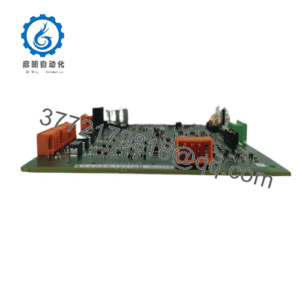Description
What This Product Solves
In process control systems where reliable communication between field devices and central controllers is crucial to avoiding data silos or latency in hybrid setups, the Metso D201925 (ACN CS Controller) delivers a practical bridge for engineers frustrated by protocol mismatches or network bottlenecks in distributed automation. Picture a distributed control system in a pulp mill where Modbus commands from remote I/O lag behind PLC updates, causing pump overruns or fiber inconsistencies in batch sequences, or a mining conveyor line where serial ties to sensors desynchronize with Ethernet backbones, spiking error rates and maintenance calls—these bottlenecks often arise from nodes that can’t handle mixed RS-485/Ethernet topologies without external gateways or custom scripting. This ACN CS controller module overcomes them by providing multiprotocol interfacing for up to 16 I/O points via RS-485 or Ethernet, translating and routing packets between PLC buses and field devices with built-in redundancy for failover under 100 ms, ensuring bidirectional data flows without jitter or packet loss in real-time loops.
It gains prominence in industrial automation applications like water utilities or hybrid manufacturing, where high reliability in node integration underpins interoperability and reduces retrofit sprawl. The Metso D201925 plugs into Metso’s Neles or Valmet ACN (Advanced Control Network) racks, supporting point-to-point links up to 100 m to hubs or subsystems, so you avoid the clutter of dedicated switches while maintaining EMI immunity per ISO 9001 standards. For teams consolidating older DAMATIC or PLC-5 networks, it absorbs the protocol mapping overhead natively, letting you layer in Modbus RTU or Profibus without firmware hacks. In expansive process control environments, its compact DIN-rail design and 10 Mbps backbone prevent collisions in shared segments, enabling scalable expansions that keep pace with IoT overlays. By centering on modular node bridging, the Metso D201925 bolsters system stability, empowering unified monitoring and control that trims latency from milliseconds to microseconds, all while curbing the engineering drag of mismatched comms in evolving industrial automation frameworks.
When assessing connectivity upgrades for resilient I/O architectures, the Metso D201925 earns its place for its protocol versatility and slot efficiency, delivering the network reliability that synchronizes disparate elements without introducing single points of failure.
- D201925
How the Product Works & Fits into a System
The Metso D201925 (ACN CS Controller) operates as a compact node controller in the communication layer of Metso’s Neles/Valmet ACN distributed control systems, facilitating protocol conversion and data exchange between the internal PLC bus and external networks like RS-485 or Ethernet. It occupies a single slot in ACN racks or DIN-rail enclosures, where it handles up to 16 simultaneous connections via screw terminals, supporting Modbus RTU, Profibus DP, and Metso-specific protocols to poll or push variables from PLCs, DAQ stations, or third-party controllers. Incoming packets get buffered and mapped to process variables for DCS logic, while outbound commands route through the module’s embedded translator, ensuring compatibility without external middleware.
In a layered stack, it sits between the node backplane and field-level segments, drawing 24 V DC from the carrier while relaying status LEDs for link activity or errors to local diagnostics. It integrates with redundant node pairs for automatic failover over dual cables, preserving connectivity during swaps, and adheres to ISO 9001 for ESD and surge resilience in grounded cabinets. Diagnostics include packet error counters and link integrity checks, feeding alerts to HIS consoles for root-cause tracing, with support for up to 100 m segments on twisted-pair to hubs. For broader architectures, the Metso D201925 enables hybrid topologies by bridging Profibus gateways or recorders, where its 0.5 A draw keeps power budgets lean—fostering a cohesive I/O fabric that adapts to Ethernet/IP migrations or IoT extensions without cabling overhauls.
| Specification | Details |
|---|---|
| Model Number | D201925 (ACN CS Controller) |
| Brand | Metso (Neles/Valmet) |
| Type | Node Controller (16 I/O Points) |
| Input Voltage | 24 V DC |
| Operating Temp Range | -20°C to +60°C |
| Mounting Style | DIN Rail / Backplane Slot |
| Dimensions | 35 x 140 x 120 mm (W x H x D) |
| Weight | 0.3 kg |
| Interface/Bus | RS-485, Ethernet |
| Compliance | CE, ISO 9001, RoHS |
| Supported Protocols | Modbus RTU, Profibus DP |
| Typical Power Draw | 0.5 A |
Real-World Benefits
Adopting the Metso D201925 unlocks node cohesion engineered to sustain 10 Mbps throughput across mixed-protocol traffic, quelling the retransmits that fragment data views and delay operator responses in unified control rooms, which sharpens decision cycles and averts the productivity dips from async silos. This seamlessness extends to redundancy wiring, where dual-port failover holds links alive through module faults, often restoring comms in under 50 ms to safeguard against the outages that cascade in segmented plants.
Protocol translation smoothes maintenance too, with onboard mapping tables that expose device registries via standard tools, empowering quick audits without proprietary loaders and cutting diagnostic loops from hours to minutes in multi-vendor fleets. Its DIN-slot footprint eases scaling burdens as well—adding nodes without chassis rebuilds reallocates rack space for I/O growth, trimming deployment timelines and letting teams pivot from cabling marathons to logic validation. Forged for fieldwork tenacity, this module anchors long-term performance by withstanding 100 m runs in EMI-saturated zones, buffering against surges to preserve packet integrity and ensuring your hybrid automation endures protocol sunsets or bandwidth surges with inherent flexibility.
In water distribution SCADA integrations, the Metso D201925 links remote PLC pumps to DNA oversight, where its Modbus bridging endures damp, grounded conduits to enforce critical system uptime and synchronized dosing in expansive process control networks.
Hybrid automotive assembly lines deploy it for Profibus-to-DNA handoffs, handling fast data cycles from robot controllers amid oily, vibratory floors to lock in sequence timing and high-reliability throughput.
For power grid substations, this module routes Profibus telemetry into DCS streams, meeting needs for continuous connectivity under transient-heavy conditions while facilitating modular upgrades in isolated I/O cabinets.
Compatible or Alternative Products
D201926 – Enhanced variant with Ethernet redundancy for high-availability field links.
D201924 – Eight-point counterpart for compact setups with halved I/O density.
A413654 – Network CPU module for core processing in Valmet DAMATIC architectures.
IOP335 – Analog input alternative for hybrid fieldbus integrations in Neles systems.
D201925-2 – Version 2.15 with integrated ISO 9001 diagnostics for compliance-heavy nodes.
Neles ND9000 – Compatible PLC node unit for stacking multiple D201925 modules in racks.
Valmet DNAe – Modern DCS platform for upgrading from ACN CS-based systems.
Setup Notes & Maintenance Insights
Before slotting the Metso D201925 into your node, verify PLC firmware hits revision 5.0 minimum for full Modbus RTU socket handling, and snug RS-485 clips to ISO specs to counter vibration-induced drops—loose terminations amplify noise in bundled runs. Probe segment lengths under 100 m with a cable certifier to dodge attenuation, and isolate RS-485 pairs from power trunks by 300 mm trays, layering ferrite beads if EMI scans flag harmonics above 50 kHz.
Preserving it calls for trimestral port dust-offs with compressed air in dusty vaults, steering clear of liquids to guard against corrosion on gold contacts. Harvest link stats quarterly via the FCS diagnostic pane to tally collisions or drops, benchmarking against baselines to isolate cable faults early. A semiannual ping flood from a test laptop validates round-trip latencies under 10 ms, and while non-user-serviceable, snapshotting config files pre-install streamlines swaps. This crisp routine meshes with your uptime protocols, staving off degradations that fragment network views.

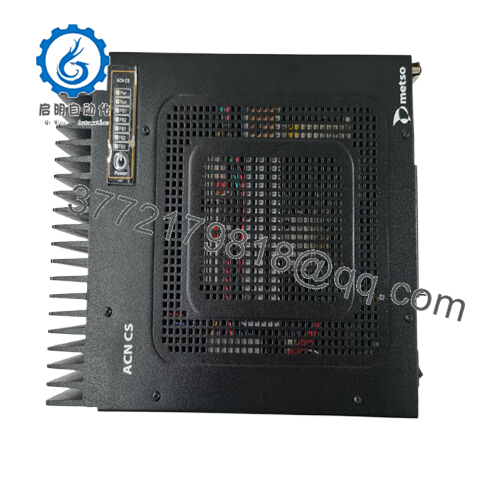
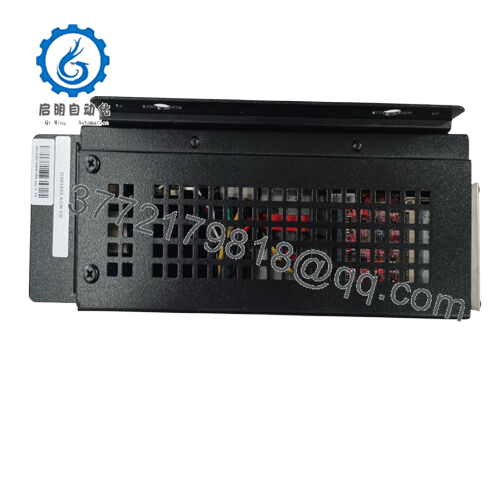
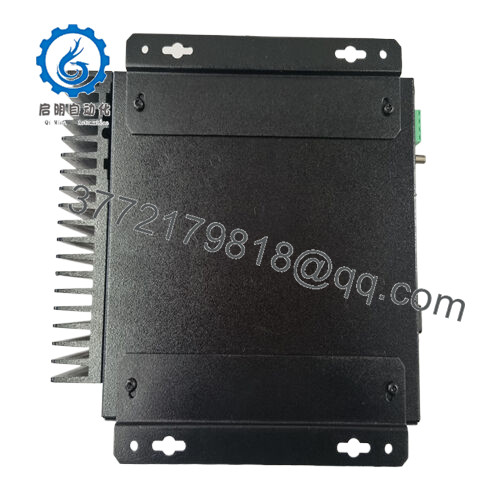
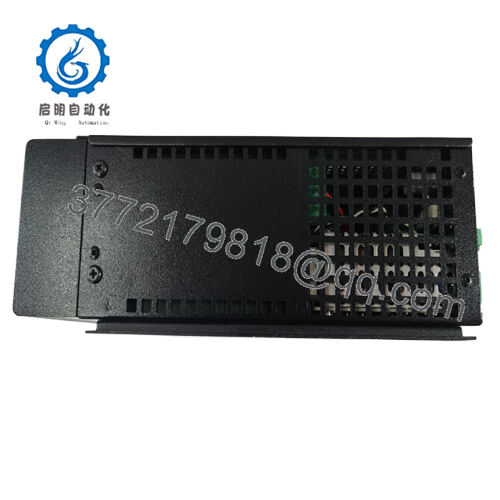
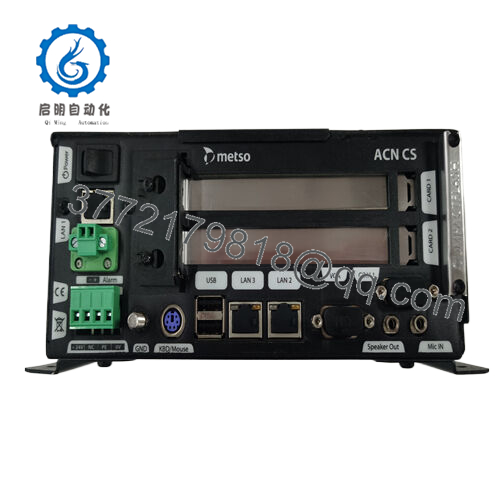
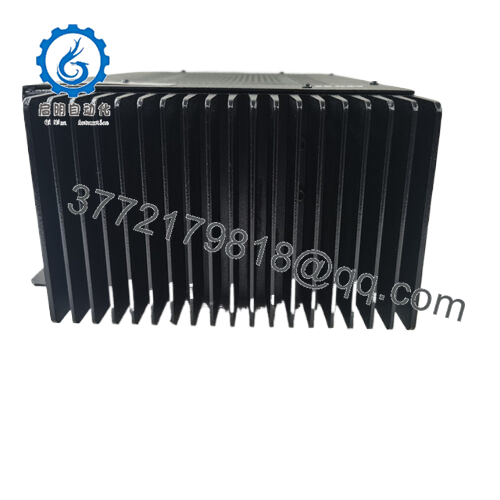
 WhatsApp: +86 16626708626
WhatsApp: +86 16626708626 Email:
Email:  Phone: +86 16626708626
Phone: +86 16626708626
